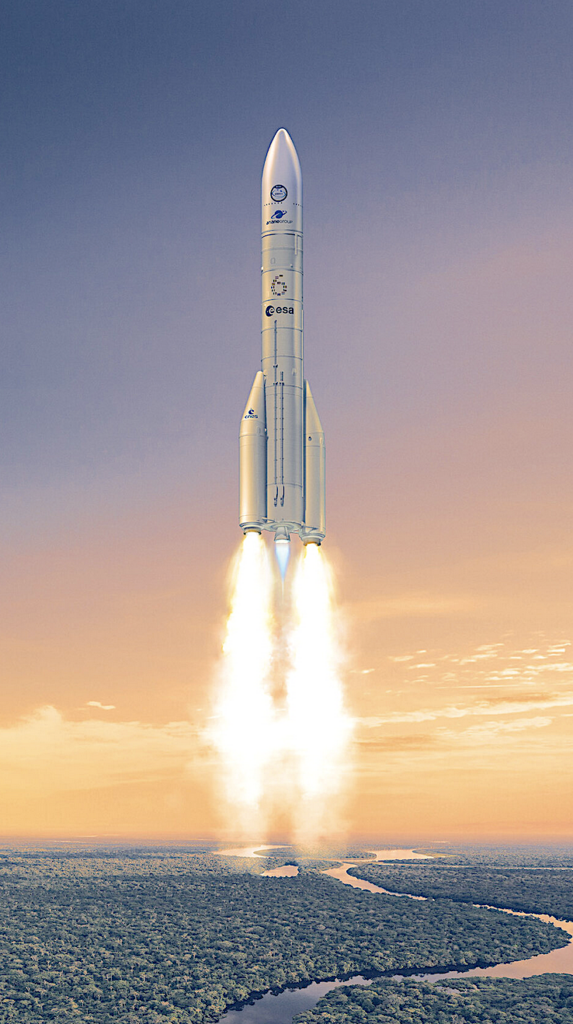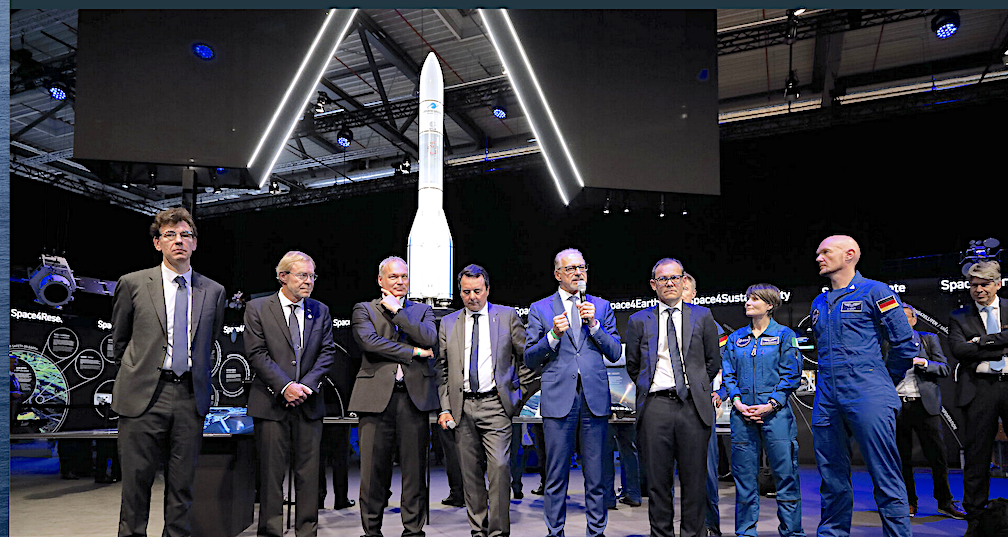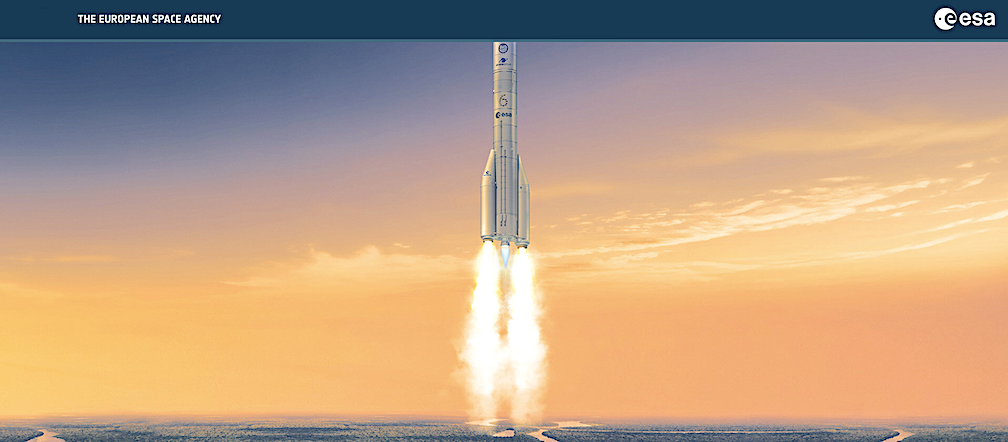
The Ariane 6 launch vehicle is scheduled to launch on July 9 at 11:00 AM – 3:00 PM PDT, from Guiana Space Centre, French Guiana. The project is an European Space Agency (ESA) program, that is developed by ArianeGroup (Arianespace’s parent company) and its European industrial partners.
Ariane 6 will deliver increased payload performance, plus enhanced flexibility to launch a wide range of missions with the same high reliability demonstrated throughout the Ariane program.
Ariane 6 is Europe’s new heavy lift launch vehicle replacing its extremely successful predecessor, Ariane 5. Modular and agile, Ariane 6 has a reignitable upper stage allowing it to launch multiple missions on different orbits on a single flight.

ESA Director General Josef Aschbacher said, “Ariane 6 marks a new era of autonomous, versatile European space travel. This powerful rocket is the culmination of many years of dedication and ingenuity from thousands across Europe and, as it launches, it will re-establish Europe’s independent access to space. I am glad to announce that the first launch attempt will be on 9 July. I would like to thank the teams on the ground for their tireless hard work, teamwork and dedication in this last stretch of the inaugural launch campaign. Ariane 6 is Europe’s rocket for the needs of today, adaptable to our future ambitions.”
The next-generation launch vehicle will be built in two versions: Ariane 62, which is perfectly suited for institutional missions; and Ariane 64, which primarily will serve the commercial market.
The core stage with solid rocket boosters (P120C) propels Ariane 6 in the first 10 minutes of flight to 200 km, delivering 135 tons of thrust in vacuum. The core stage is powered by the liquid-fueled Vulcain 2.1 –an upgraded engine derived from Ariane 5’s Vulcain 2– and either two or four P120C strap-on solid boosters, to provide additional thrust at liftoff.
The upper stage is powered by the reignitable Vinci engine fueled by cryogenic liquid oxygen and hydrogen. This allows Ariane 6 to reach a range of orbits on a single mission, and deliver more payloads. The upper stage will typically burn one, two or more times to reach targeted orbits. After payload separation, the upper stage will perform a de-orbit maneuver, in order to mitigate space debris.

For the development of Ariane 6, ESA is the Launch System Architect working with prime contractor ArianeGroup for the development of the launch vehicle and with CNES for the development of the ground segment. ESA is the operator responsible for the inaugural flight while for subsequent flights Arianespace is the launch service provider that markets and operates the Ariane 6 launcher for institutional and commercial customers to launch a variety of missions into orbit.
“The announcement of the scheduled date for Ariane 6’s first flight puts us on the home stretch of the launch campaign and we are fully engaged in completing the very last steps. This flight will mark the culmination of years of development and testing by the teams at ArianeGroup and its partners across Europe. It will pave the way for commercial operations and a significant ramp-up over the next two years. Ariane 6 is a powerful, versatile and scalable launcher that will ensure Europe’s autonomous access to space,” said Martin Sion, CEO of ArianeGroup.
“Once again, the announcement of the inaugural flight date of Ariane 6 from the Guiana Space Centre is a crucial step towards European sovereignty in terms of access to space. Reaching this date was made possible thanks to the colossal efforts of all entities in the home stretch. I would like to pay tribute the collective achievement of overcoming the pitfalls over the months. Now to the final adjustments before launch. Europe in space is ready for take-off: we’re all united behind Ariane 6!” exclaimed Philippe Baptiste, CEO of CNES.
